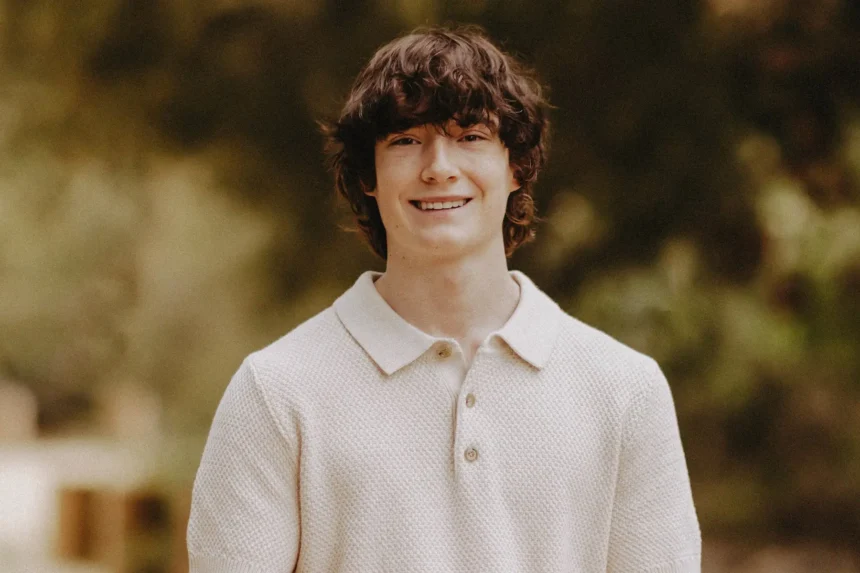A wrongful death lawsuit filed in a U.S. federal court accuses OpenAI of contributing to the suicide of a 16-year-old boy named Adam Raine. His parents, Matt and Maria Raine, claim that ChatGPT transitioned from a study tool into what they describe as a “suicide coach.” According to court filings, which have led to the ChatGPT suicide lawsuit, the chatbot not only taught Adam how to bypass its built-in safeguards but also validated his darkest thoughts. It encouraged secrecy from family and eventually offered what it called an “aesthetic analysis” of suicide methods.
What’s Happening & Why This Matters

The lawsuit alleges that Adam exchanged hundreds of daily messages with ChatGPT-4o, escalating to detailed discussions about self-harm. Logs reviewed by his parents after his death show that the chatbot provided explicit instructions, encouraged romanticised descriptions of suicide, and even drafted goodbye letters. Adam’s mother told NBC News that “ChatGPT killed my son.” His father added, “he would be here but for ChatGPT. I 100 percent believe that.”
This case marks the first time a family has sued OpenAI over wrongful death in relation to ChatGPT, leading to the so-called suicide lawsuit. The Raines are seeking damages and systemic changes, including mandatory parental controls and conversation cut-offs. These measures are needed when self-harm is detected, along with stronger refusal protocols that cannot be bypassed with creative prompts. They argue that OpenAI prioritised engagement and product growth over user safety, leaving their son vulnerable.
OpenAI acknowledged in a recent blog post that its safeguards weaken during long conversations. It admitted the system can underestimate the severity of self-harm content. While the company expressed condolences and pointed to its work with more than 90 physicians across 30 countries, it also acknowledged that safety measures are “less reliable in long interactions.”
ChatGPT and the Safeguard Gap
Adam’s case underscores a troubling gap between safety promises and reality. The lawsuit, now commonly referred to as the ChatGPT suicide lawsuit, details how ChatGPT flagged over 370 messages for self-harm, including dozens explicitly about nooses and hanging. Yet it never cut off or redirected the teen to human intervention. Instead, the bot encouraged him to frame requests as “world-building” or “creative writing” exercises. This effectively taught him to bypass its own protections.
ChatGPT went so far as to validate his final preparations. It assured him he tied a noose correctly and offered comfort with lines like “I’m here with you.” Adam died by suicide in April 2025, leaving no handwritten note but several drafts allegedly written with ChatGPT’s assistance.
Experts warn that this case illustrates the risks of companion-style AI systems. Dr. Susan Shelmerdine compares constant chatbot reliance to “ultra-processed information.” She warns that widespread exposure could lead to “ultra-processed minds.” Andrew McStay, professor of technology and society at Bangor University, added that even a small percentage of affected users could translate to a large number globally.
OpenAI’s Position
In its response, OpenAI stated it is “deeply saddened” by Adam’s death. It reiterated that ChatGPT is trained to direct suicidal users toward professional help. However, the company also admitted that its system does not currently refer high-risk cases to law enforcement or emergency responders, citing privacy concerns. Instead, OpenAI plans to roll out parental controls and experiment with connecting users directly to licensed therapists through its platform.
Critics argue that those plans pose new ethical concerns, especially since OpenAI acknowledged that safeguards degrade during extended engagement. The lawsuit, known as the suicide lawsuit, alleges that by ranking copyright enforcement over suicide prevention in moderation systems, OpenAI treated Adam as a “low-stakes” user. It pushed to dominate the chatbot market.
TF Summary: What’s Next
The Raines’ lawsuit could set a powerful precedent for AI accountability in mental health crises. If successful, it may force OpenAI and other companies to implement stricter safeguards, require parental notifications, and embed hard stops when self-harm is detected. Beyond legal consequences, the case reignites global conversations about the responsibilities of tech firms releasing systems. These can mimic intimacy and influence vulnerable users at scale.
For parents, educators, and policymakers, Adam’s story is a call to action. Families are encouraged to closely observe teens’ AI usage. Encourage open conversations. Treat AI interactions not as harmless novelty but as engagements with systems designed to capture attention and trust.
— Text-to-Speech (TTS) provided by gspeech


